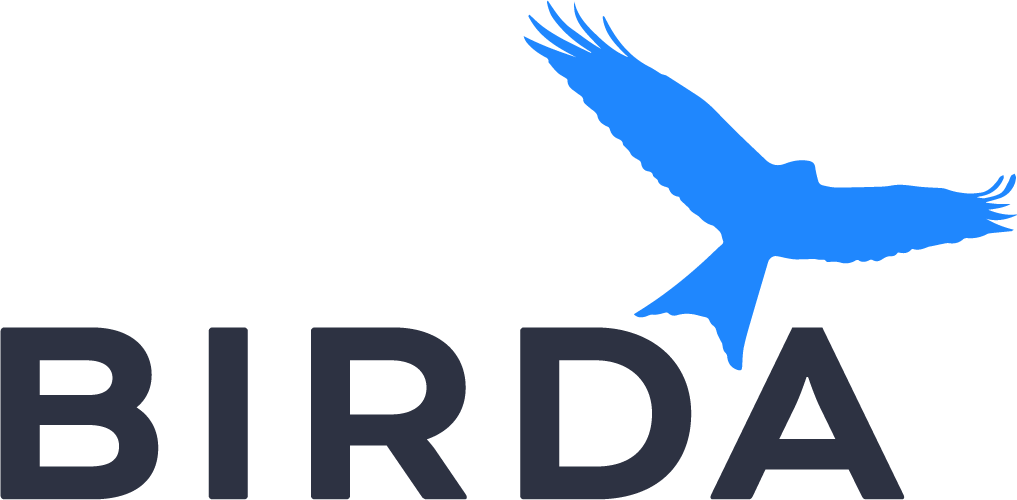
Volcano Hummingbird
Selasphorus flammula
The Volcano Hummingbird, scientifically known as Selasphorus flammula, is a diminutive and vibrant member of the "bee hummingbirds" tribe Mellisugini. This species graces the highlands of Costa Rica and Panama with its presence and is notably featured on Costa Rica's 20 thousand colones bill.
Identification Tips
Adult males of the Volcano Hummingbird are characterized by their bronze-green upperparts and striking mauve-purple gorget, with the rest of the underparts predominantly white. They possess rufous-edged black outer tail feathers, and their breast sides are tinged with buffy to pale cinnamon, speckled with green. Females, while also bronze-green above, have green central tail feathers with rufous bases, a black band near the end, and buffy to white tips. Their throats are whitish with dusky bronze speckles. Juveniles resemble adult females but have buffy fringes on their upperpart feathers.
Habitat
These hummingbirds inhabit semi-open to open high mountain slopes, thriving in environments such as páramo, second growth on landslide scars or ashfall areas, scrubby pastures, and the edges of elfin forest and taller forest.
Distribution
The Volcano Hummingbird can be found across various high-elevation locations in Costa Rica and western Panama, with the nominate subspecies residing on Volcanoes Irazú and Turrialba in central Costa Rica.
Behaviour
During the breeding season, which spans from August or September to February, males establish small territories for courtship displays, while females construct nests of plant down and spider web adorned with moss and lichens. Post-breeding, some individuals may descend to lower elevations or migrate to adjacent mountains, allowing for subspecies intermingling.
Song & Calls
While foraging, the Volcano Hummingbird emits soft chip notes. Males produce a thin whistled 'teeeeeuu' and a twittering 'scolding' call during confrontations with other males. The male's tail feathers create a series of broad-frequency pulses during their dive display.
Breeding
The female Volcano Hummingbird crafts a cup nest on the outermost end of a twig, typically between 1 and 5 meters above the ground, occasionally on a rootly drooping from an earth bank. The specifics of the incubation period and fledging time remain a mystery.
Similar Species
Subspecies S. f. torridus and S. f. simoni differ slightly in coloration from the nominate, with S. f. torridus being whiter below and males having a purplish-gray gorget, while S. f. simoni is buffier below with more black on the tail and males sporting a rose-red gorget.
Diet and Feeding
The Volcano Hummingbird forages for nectar from a diverse array of small flowers and also consumes small arthropods, either caught on the wing or gleaned from foliage and spider webs.
Conservation Status
The IUCN has classified the Volcano Hummingbird as Least Concern, with a fairly large range and a stable population estimated between 20,000 and 50,000 mature individuals. The species is found in protected areas and may even benefit from human activity, as it is more abundant in open areas than in forested ones.


























































